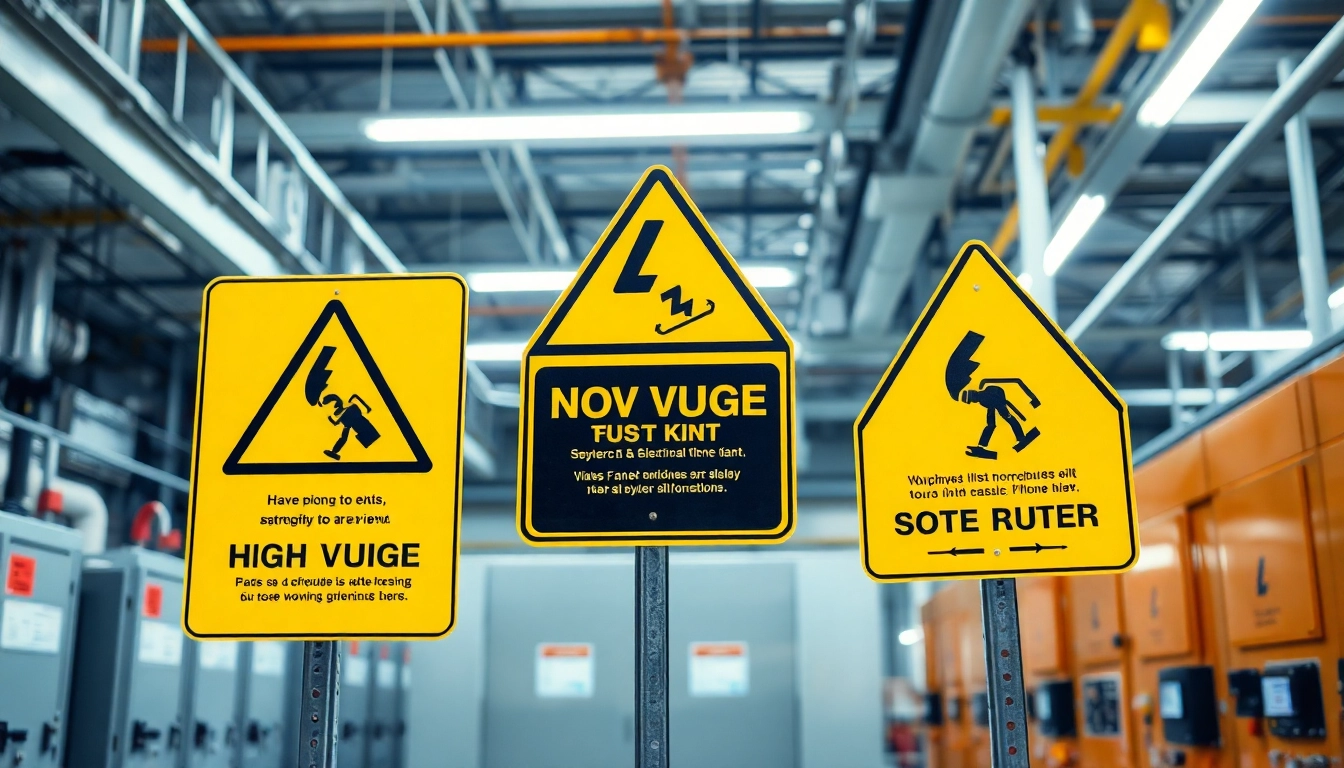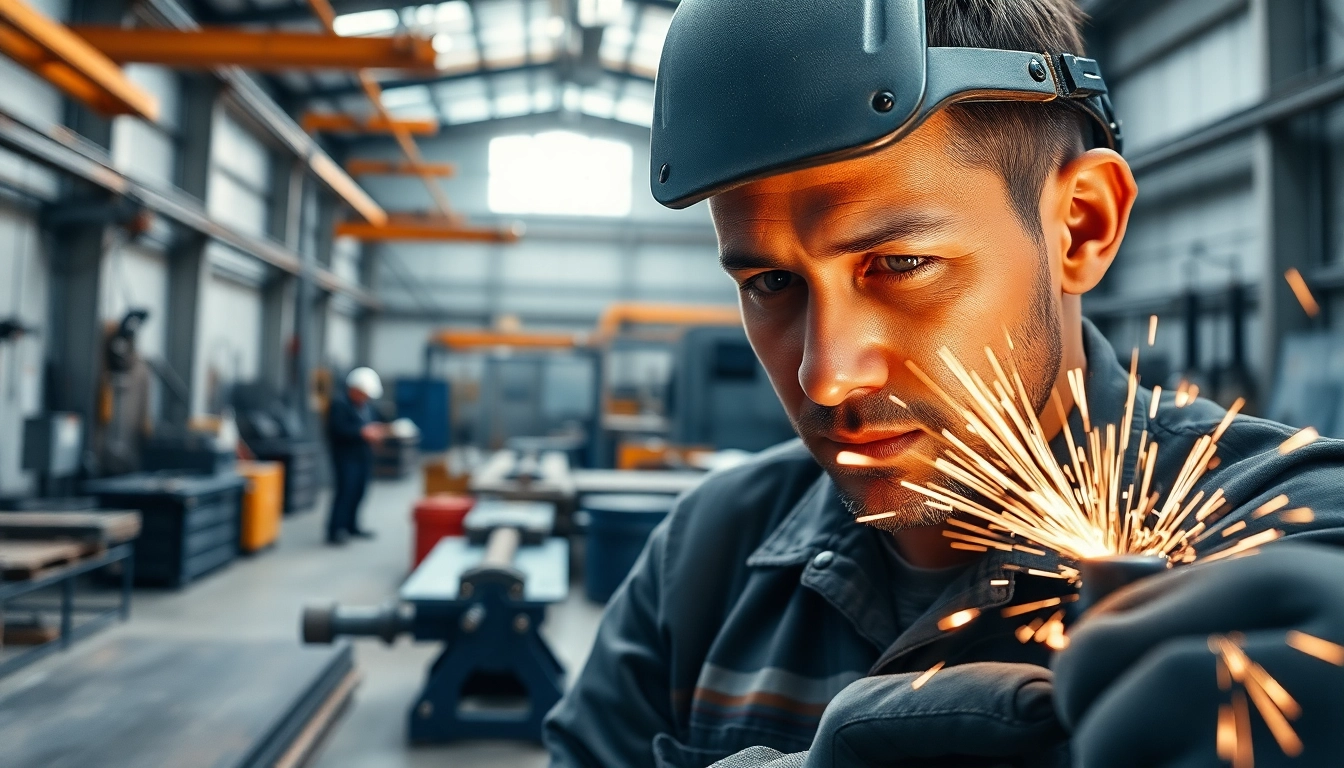Understanding Laminating Resin
What is Laminating Resin?
Laminating resin is a type of synthetic resin used primarily in the manufacture of composite materials, where it serves as a binder that holds together layers of materials such as fiberglass, carbon fiber, or aramid fiber. Its importance in modern manufacturing cannot be overstated, as it provides structural integrity, resistance to moisture and chemicals, and enhances overall durability. Typically available in two main types—polyester and epoxy—the laminating resin you choose can significantly affect the outcome of your project.
Types of Laminating Resin
Laminating resins can be divided primarily into two categories: polyester and epoxy. Each type has unique properties, applications, and advantages.
- Polyester Laminating Resin: Known for its quick curing times and relatively low cost, polyester resin is commonly used in marine applications and produced in bulk for mass manufacturing. Polyester resins are easier to work with and cure at ambient temperatures and can be mixed with various catalysts to improve performance.
- Epoxy Laminating Resin: Epoxy resins are often chosen for their superior adhesion, durable finish, and resistance to moisture and heat. Although they typically take longer to cure than polyester resins, epoxies can provide better mechanical properties. This makes them ideal for high-performance applications like aerospace parts or automotive components.
Key Applications of Laminating Resin
Given their versatile nature, laminating resins have found applications across various industries:
- Marine Industry: Laminating resins are extensively used in boat manufacturing, where they help fabricate hulls and decks.
- Aerospace: High-performance laminating resins are crucial in constructing lightweight yet strong materials for aircraft.
- Automotive: In the automotive sector, laminating resins are used for body panels and other structural components, improving fuel efficiency through weight reduction.
- Construction: Laminated timber products manufactured using laminating resins provide structural support in buildings and bridges.
Benefits of Using Laminating Resin
Enhancing Structural Integrity
The primary benefit of laminating resin is its ability to enhance the structural integrity of composite materials. When fiberglass or other reinforcement materials are layered with laminating resin, the composite gains considerable strength, which is crucial for applications where lightness is essential without compromising durability.
Improving Surface Finishing
Laminating resin contributes to a smooth finish on the surface of molded parts. This smooth surface not only enhances aesthetic appeal but also minimizes the need for additional finishing processes, saving time and labor costs.
Cost-Effectiveness in Production
Using laminating resin can be significantly cost-effective. The speed of the curing process can lead to shorter production times, allowing manufacturers to optimize workflow and reduce costs associated with labor and materials. The durability of products made with laminating resin also reduces the likelihood of repairs or replacements, fostering long-term savings.
Step-by-Step Guide to Applying Laminating Resin
Preparation of Materials
Proper preparation is vital to achieving the best results when working with laminating resin. This involves cleaning, sanding, and priming surfaces to ensure good adhesion. Use a solvent to remove any grease, dust, or contaminants. Sanding the surface creates a mechanical bond, enhancing the effectiveness of the resin grip.
Application Techniques
The application of laminating resin can be accomplished using several methods, including:
- Brush Application: For small areas or detailed work, a brush can be used to apply an even coat of resin.
- Roller Application: Rollers are effective for larger surfaces and can provide a smoother finish than brushing.
- Spray Application: For the most uniform application, consider using a spray system, particularly for large panels or complex shapes.
Post-Application Care
After applying laminating resin, proper care is essential to ensure it cures correctly. This involves maintaining a stable environment, free from dust and contamination, and following recommended curing times and conditions. Once cured, inspect the finished product for any surface imperfections that may require sanding or additional finishing.
Common Challenges with Laminating Resin
Dealing with Curing Issues
Curing issues can arise from environmental factors such as temperature and humidity. To mitigate these risks, ensure that the workspace is well-controlled and complies with the resin’s specifications. If you face under-curing, strategies such as raising the ambient temperature or using a different catalyst can help.
Minimizing Air Bubbles
Air bubbles can compromise the integrity of the laminated structure. To minimize this issue, apply laminating resin in thin layers and use tools such as rollers or squeegees to work out air pockets. A vacuum-assisted system can also be beneficial in vacuum bagging applications.
Achieving Desired Thickness
Getting the right thickness while applying laminating resin is crucial for the overall strength of the material. Use measuring tools and adhere to a consistent technique throughout the process. Multiple thin layers can often achieve the desired thickness without risking runs or drips, which can happen with a single thick application.
Performance Metrics and Comparisons
Measuring Adhesion Strength
The effectiveness of laminating resin can often be quantified through its adhesion strength—measured in pounds per square inch (psi). Different resin formulations will yield varying results based on their chemical composition and intended applications. Testing protocols like ASTM D1002 can be employed to ensure standardization.
Durability Under Environmental Stress
Evaluating the performance of laminating resin involves testing its durability under environmental stress. Factors such as temperature fluctuations, moisture exposure, and mechanical wear should be assessed through accelerated aging tests, providing insights into long-term resilience.
Comparing Cost-Efficiency
Cost-efficiency is a significant consideration in any manufacturing process. When comparing the cost-effectiveness of laminating resin formulations, factors such as the initial material cost, application time, and post-processing requirements should be considered. Choosing a resin that balances all these elements can lead to optimized production timelines and costs.



